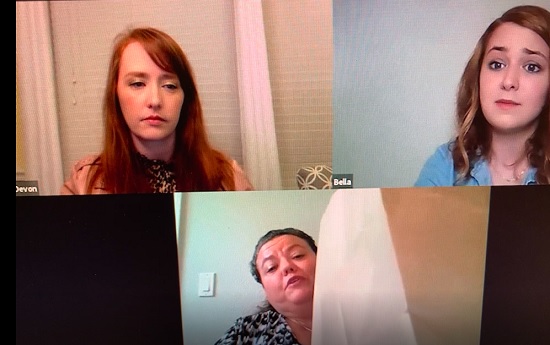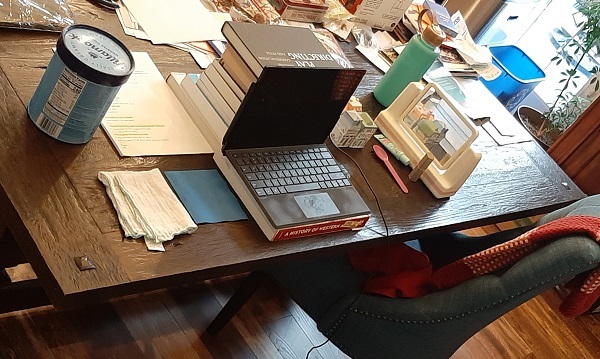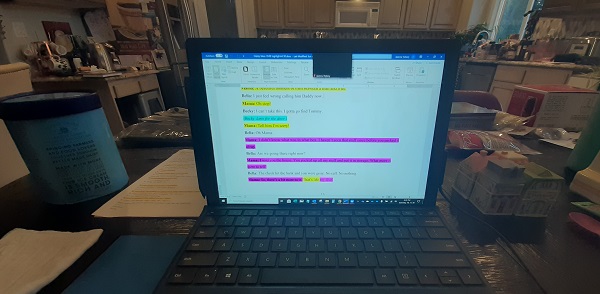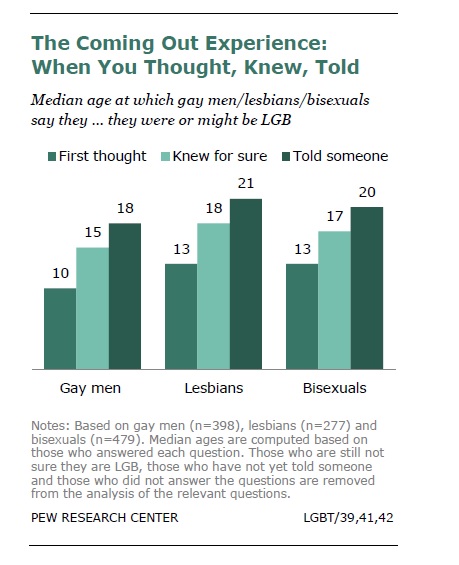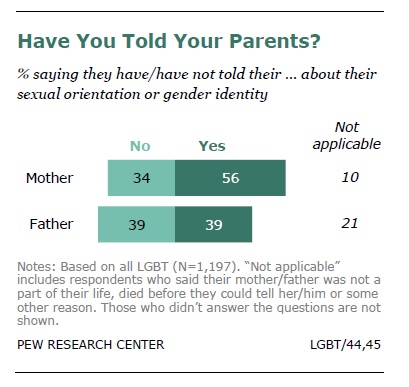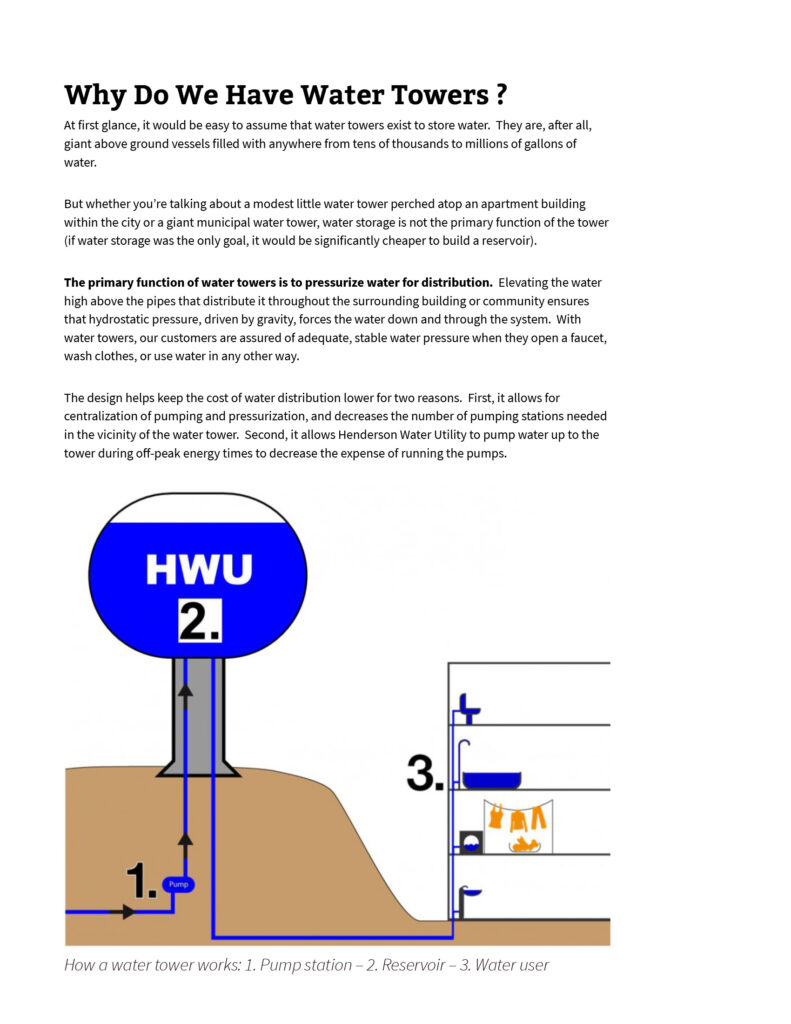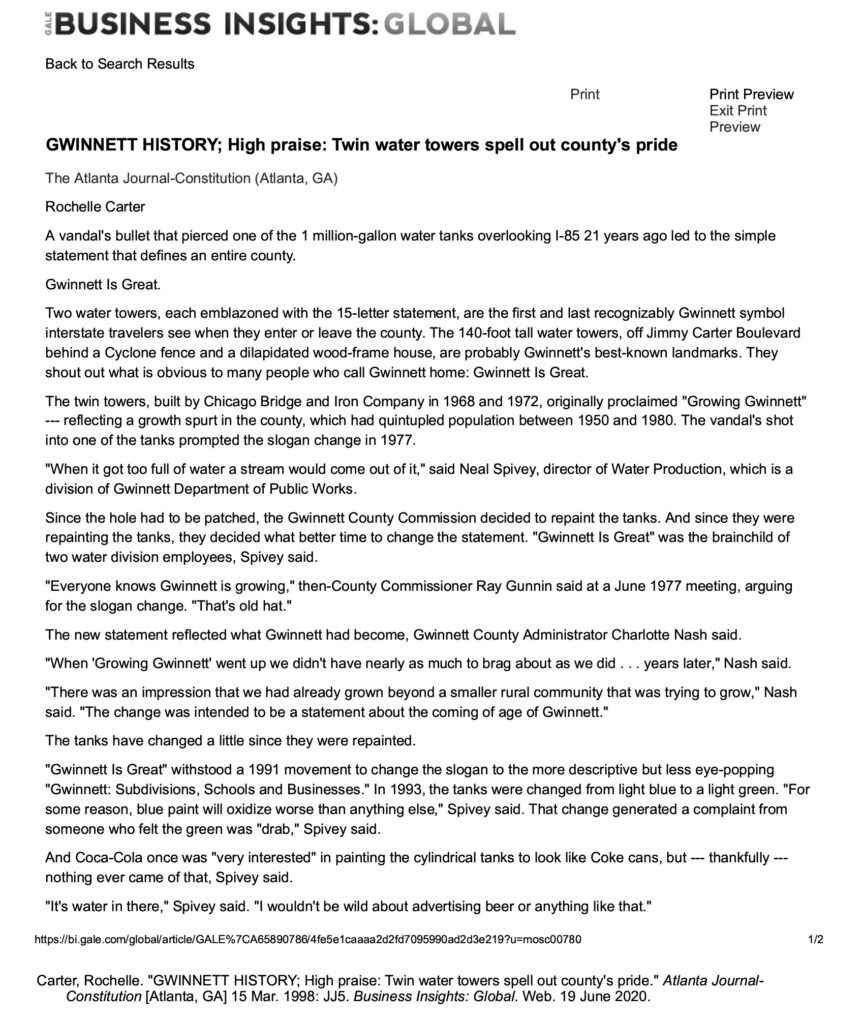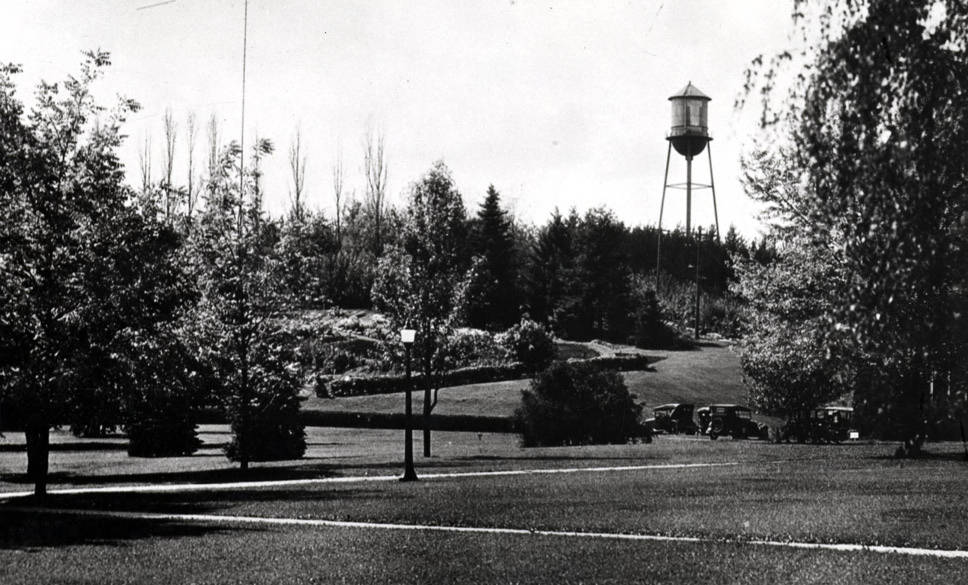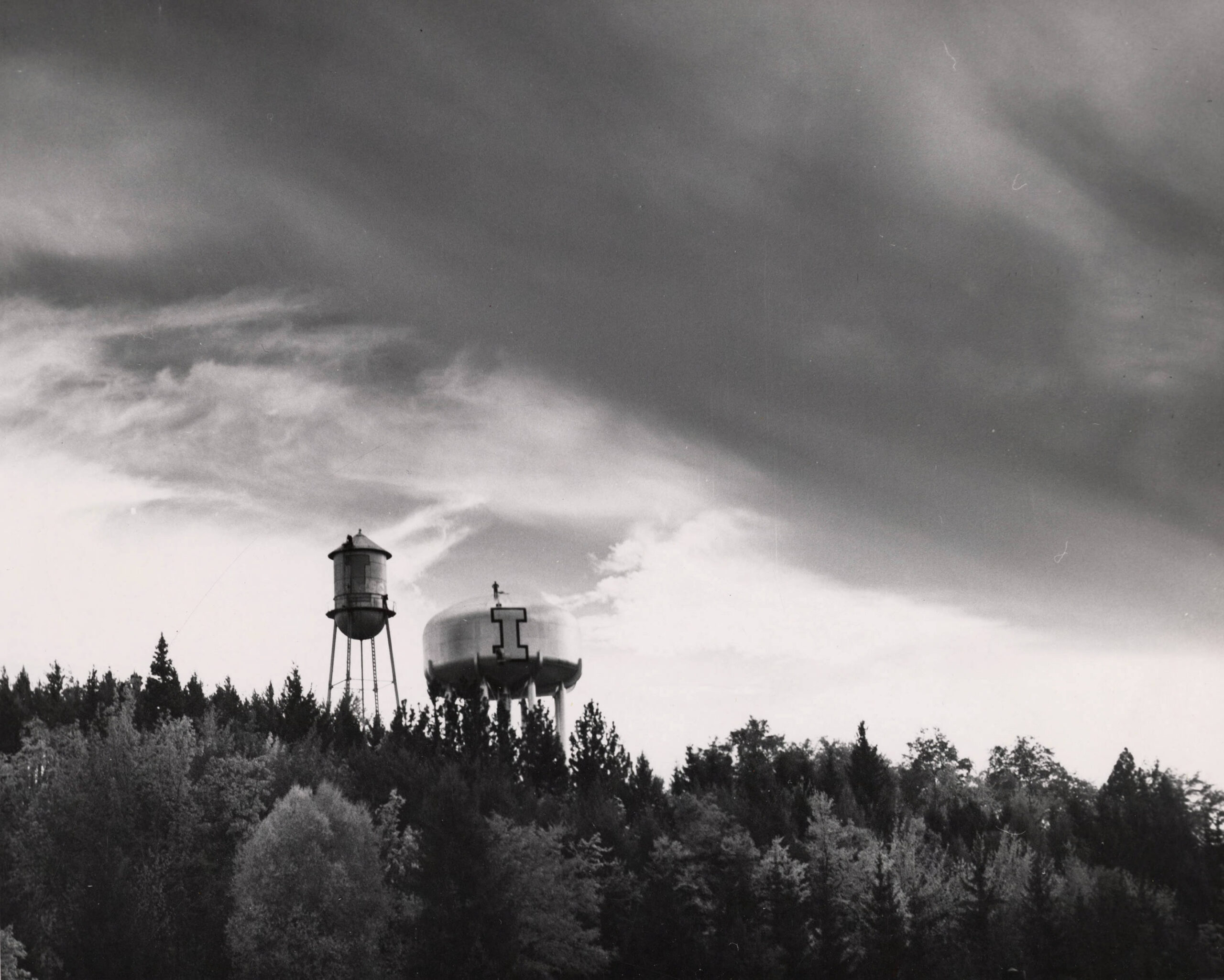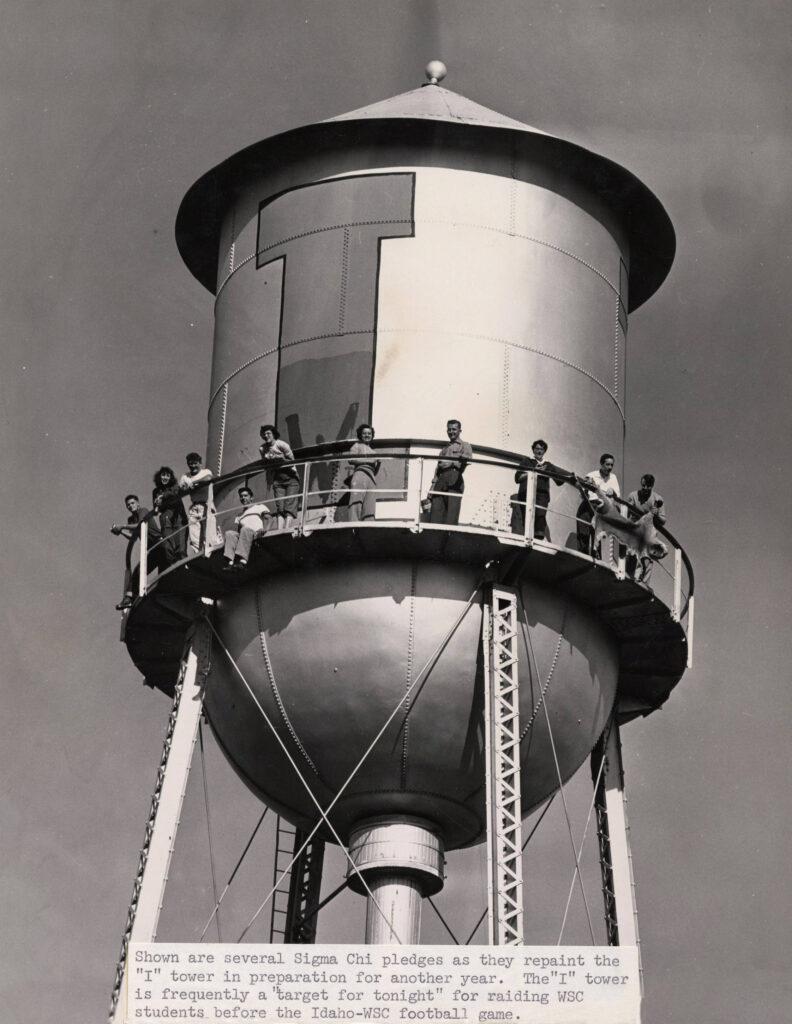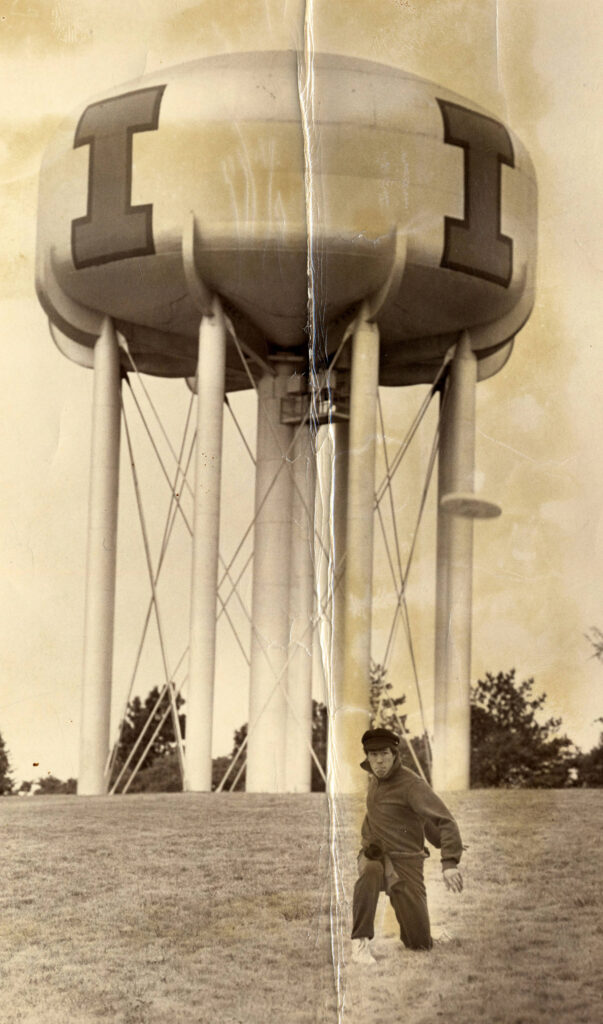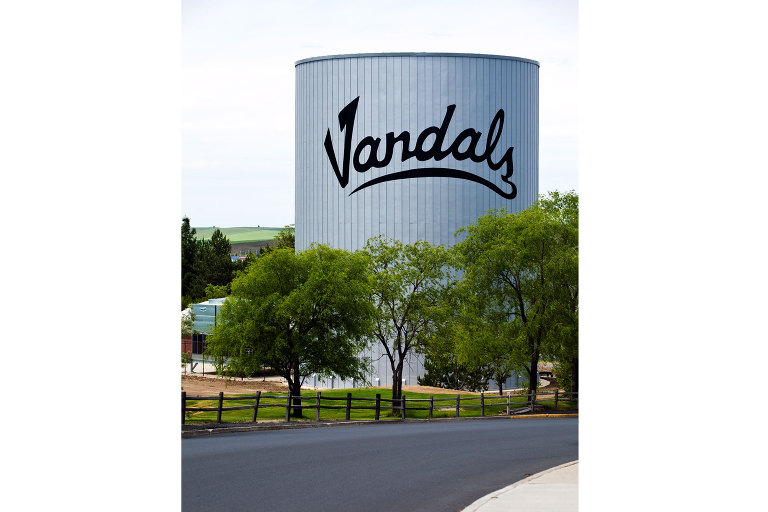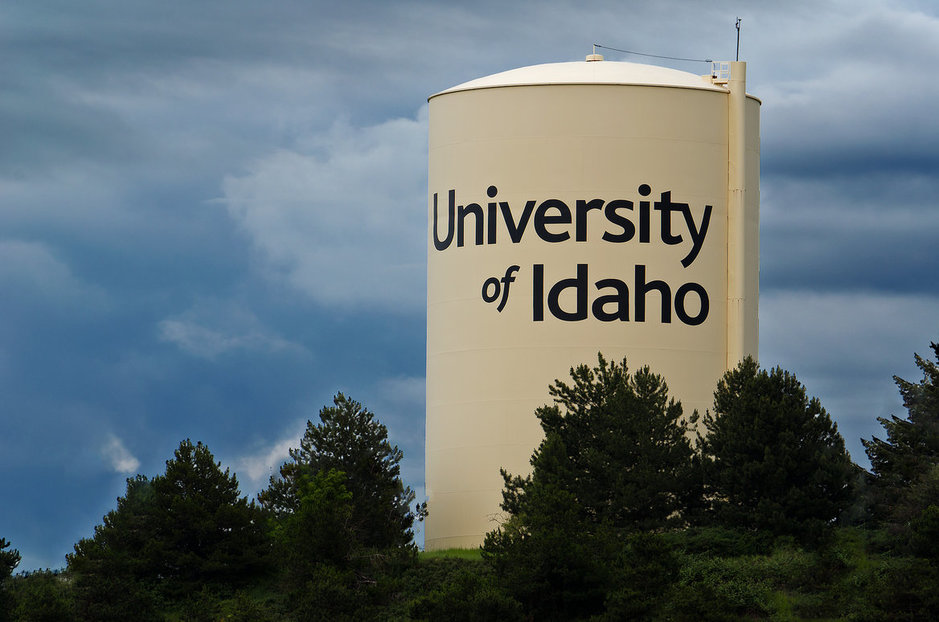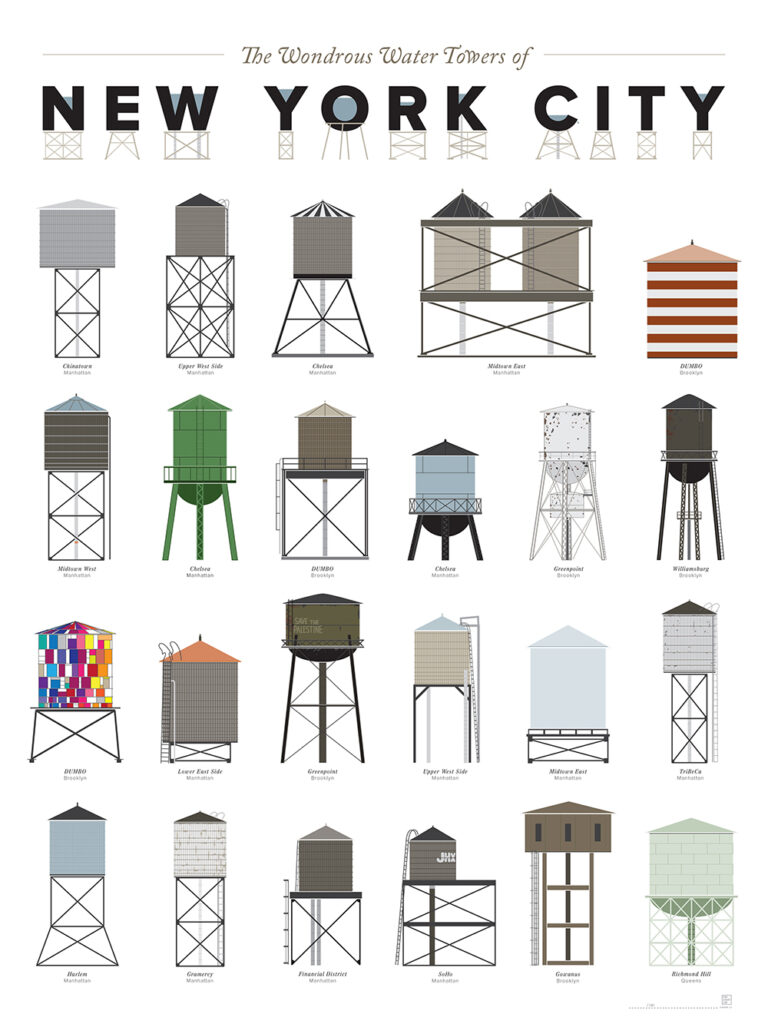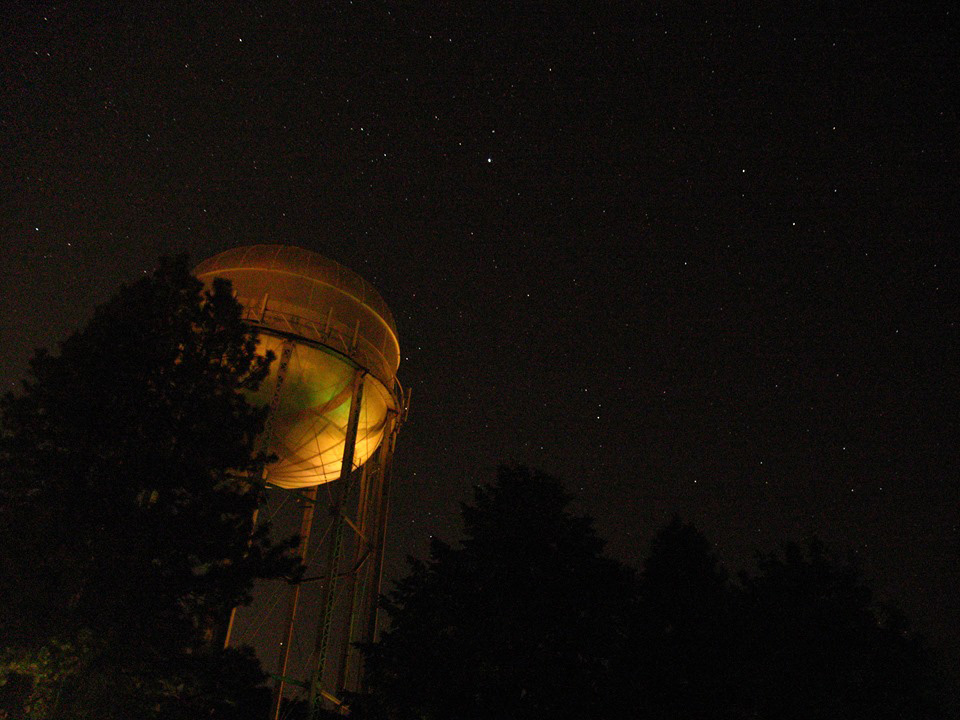
Happy Mess by Ian Paul Messersmith
directed by Sarah Campbell
dramaturgy by Ariana Burns
(Moscow Idaho’s Rotary Park water tower photo by Elaina Pierson)
Mama: Oh, baby girl. I’m happy enough.
Young Bella: What if that isn’t enough happy for me?
Mama: You’ll find it.
Young Bella: What if I don’t?
Mama: Well, you’ve always loved cats.
Young Bella: Mama!--Happy Mess by Ian Paul Messersmith
Ian Paul Messersmith wrote Happy Mess as an exploration of happiness. So, it will come as no surprise that during the workshop, we talked about happiness.
Coming out of the explorations: some people had a surplus of happiness in their lives and others a dearth of it. Happiness was sometimes described as an object, something physical to be held in your hands. A scarce commodity. You took what happiness you could get. And that idea has stayed with me past the workshop. Prior to this project, I hadn’t thought of happiness as something I took.
I never gave much thought to happiness. I knew I wanted it and was glad when it was there and sad when it left but beyond that I had not reflected on the idea of what happiness was and the role it plays in our lives. (As a writer, I tend to write about different permutations of love- rarely do they guarantee never-ending happiness.)
Assembling the dramaturgy packet for Happy Mess, I’d looked over a few theory articles but ended up not including them. They weren’t the right tenor for where we were headed and wading through them wouldn’t have helped the new script.
The philosophical articles were opaquely worded and deeply nuanced–pretty much what I remembered from college. I’d arrived at university with a lower reading level then the texts I was given. Theory was yet another level of difficulty. To this day, researching theory does not make me happy but getting through it and understanding it, as Carolyn Hitt says, is an opportunity to “Impress Myself.”
And as an aside to my developing dramaturgical process, there are always some items that don’t go into the packet but end up proving useful during rehearsals. Or I might end up ruminating on an item and writing about it later.
Only thoughtful discussions of the true meaning of happiness and prosperity will awaken people to what it is that really fulfills them and will give them the words to describe it. --Kathleen Kennedy Townsend
My ruminations led me to Martin Seligman’s writings on happiness. He broke happiness down into three different types of happy lives: The Pleasant Life, The Good Life, and the Meaningful Life. Combining the three could create a full life (Townsend).
The Pleasant Life were activities that you enjoy doing: going to the movies, eating pizza. Activities that had an emotion you felt at the time and could easily describe, “raw feels.” The happiness they gave only stayed with you for a short time (Seligman).
These Seligman differentiated from activities that you liked doing because they were gratifying: helping at a soup kitchen, rock climbing, playing bridge. “[I]t is the total absorption, the suspension of self-consciousness” that made describing a feeling at the time difficult. He wrote that the presence or absence of a feeling at the time determined if the activity was pleasing or gratifying. The happiness derived from these activities were found to stay much longer and were the Good Life (Seligman).
The Meaningful Life was the
"Good Life, but with one further ingredient: identifying and using your highest strengths in order to belong to and serve something larger than you are (Seligman)."
Things larger than yourself Seligman called Positive Institutions. And could be communities or civic groups. I imagine a classic example is religion. With Christianity, there is the manifold paradox of God being both internal and external to the believer. There is the promise joy and life beyond death. Christianity also emphasises a focus on the Good Life and doing gratifying activities while here in the world.
The character of Mama, who I would argue underwent the most change in the story, is a devout Christian. A couple of the other characters exhibit spirituality but not to the depth that Mama demonstrates.
There are, without a doubt, other cultural lenses to examine this script through and having recently worked on This Random World, I had a few thoughts about looking at it through Shintoism. But Happy Mess examines happiness through occidental ones and I’ll confine my ruminations to that as well.
The Good Life and the Meaningful Life reminded me of a story I’d heard that to be a good citizen in ancient society you had to contribute to that society. I found this reflected in Townsend’s quote below.
Aristotle thought happiness was the goal of human activity. For him, true happiness was something more than simply "Eat, drink, and be merry," or even the honor of high position. Real satisfaction didn't depend on the pleasures of the senses or what others thought of you. You could find genuine happiness only in a life of virtue and just actions.-- Kathleen Kennedy Townsend
Three characters demonstrating Aristotle’s happiness in Happy Mess are Bella’s father, Daddy; her former lover, Ms. Harvey; and the town florist, Mr. Johnson. Mr. Johnson designed a community park and uses dialogue to reinforce and further interconnections between residents of Bridge Water.
Daddy’s a builder. He “speaks” through making and gifts. He admits that he’s not very good with words. We see his letter to Mama when he couldn’t speak what he wanted to say nor build it.
Daddy constructed the post office and the library and when his own barn burnt, the community helped raise a new one. He also designed a water tower which is no longer in use. His activity and presence was integral to bringing the residents together as a community. He built the family home which still shelters them and a tree house for Bella.
Ms. Harvey saves the community’s history, encouraging her students to discover their own past and their places in their family and their community. Through the course of the play, Bella’s family questions Ms. Harvey’s motivations with her newest project, to save a water tower -Does it have less to do with history and more to do with getting closer to Bella?
Seligman might value the three types of happy life equally but that is not true of the characters in Happy Mess‘ world-nor need it be. It points up the challenges we all face trying to define happiness for ourselves.
Before the play takes place, Mama had a full life with a balance of Seligman’s three lives but her husband’s death threw everything out of true. She has broken with her faith and struggles to find her way. She returns home after several years focused entirely on a Life of Pleasure which she confesses has only brought her misery.
Daddy’s presence is felt throughout the story despite only being seen on stage in few flashbacks. There are three objects connected him that are destroyed through the course of the play: The water tower, a statue, the letter.
The water tower is a relic of the past and waiting to be pulled down when Ms. Harvey mounts her campaign to save it. Daddy gifted Mama religious statues through their relationship and one is broken during an argument. And finally Daddy’s letter.
The letter is one of the few times where Daddy put his feelings into words. Mama decides to destroy the letter at the urging of Bella’s wife to free herself from the past. Bella’s indifference to the shredding of her father’s last words in the face of Mama’s euphoria provides a cacophony of emotions for the audience. It propels the story to the finale in the house that Daddy built.
Townsend’s article focused on the pursuit of happiness in relation the founding of the United States. Her argument was that happiness lay in personal agency.
People were happy when they controlled their destiny, when their voice was heard, when they participated in public events, when the government did not do things to them, or even for them, but with them.--Kathleen Kennedy Townsend
Which returns me once more to Seligman and Happy Mess. The interconnected members of Bella’s family (and I’m including Ms. Harvey in this) are brought under Daddy’s roof after the systematic destruction of the past: the discarding of the water tower, the statue, the letter.
The players are the prodigal mother, Bella, her wife, and Bella’s jilted lover; Bella’s daughter and her lovers. The final scene encompasses Seligman’s full life as well as the script’s title Happy Mess. All the players in each one’s Pleasant, Good, and Mindful Life are together and engaged. They have reached a point where they can talk about what happiness means and have agency for themselves. And perhaps find the happiness each wants.
Townsend, Kathleen Kennedy. “The Pursuit of Happiness: What the Founders Meant—And Didn’t” The Atlantic. June 20, 2011. https://www.theatlantic.com/business/archive/2011/06/the-pursuit-of-happiness-what-the-founders-meant-and-didnt/240708/
Seligman, Martin E. P., “Can Happiness Be Taught?” Daedalus, Spring, 2004, Vol. 133, No. 2, On Happiness (Spring, 2004), pp. 80-87. Published by: The MIT Press on behalf of American Academy of Arts & Sciences. Stable URL: https://www.jstor.org/stable/20027916.


